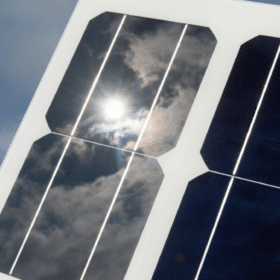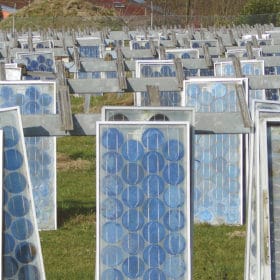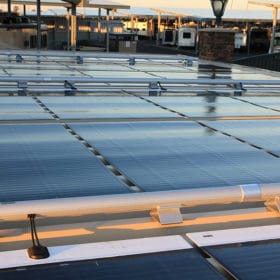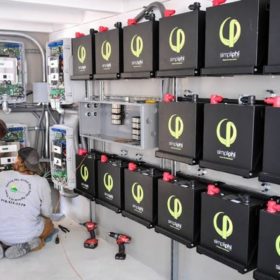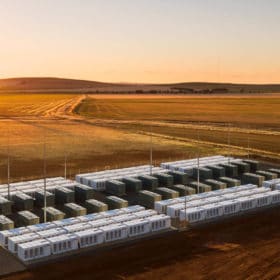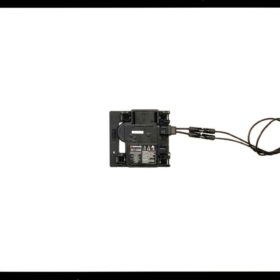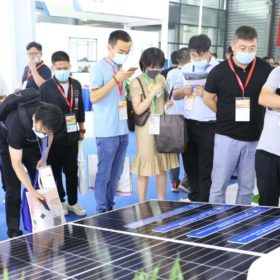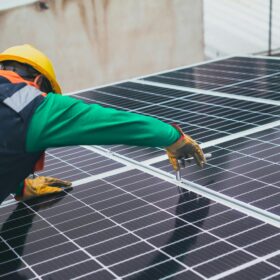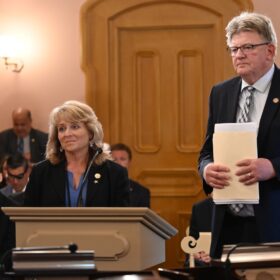Long-duration energy storage makes progress but regulation lags technology
Technologies, players and regulatory gaps in the U.S. long-duration storage market.
In search of the ‘most rational design’ for anti-reflective coating
Scientists in Spain have tested various properties of anti-reflective and anti-soiling coatings for PV module glass, aiming to develop a material that offers the best balance of desired material properties at the lowest cost. Over a year of testing, the best coatings were shown to boost module output by around 2%, and the group also made several observations that could influence future developments of coatings for PV module front glass.
Recycling PV panels: Why can’t we hit 100%?
In February, non-profit EU solar panel recycling body PV Cycle announced it had collected 5,000 tons of modules in France, of which 94.7% could be recycled. A reader asked us about the remaining 5.3% and here, PV Cycle’s communications manager, Bertrand Lempkowicz, responds.
MiaSole, dormant thin-film solar company, received more than $5 million in PPP loans
Why is an essentially bankrupt Chinese solar company that had already furloughed most of its staff receiving $5 to $10 million from the U.S. treasury?
The Texas battery boom is helping drive the ‘summer of storage’ in the US
With two projects clocking in at 100 MW each, the Texas storage market is demonstrating that California isn’t the only state that can do big batteries.
Morning Brief: Elon Musk hints at yet another battery breakthrough, CAISO provides details on California blackouts
Also in the brief: A surge of nuclear outages in the U.S. this summer, Japan’s struggle to drive down renewables costs
SimpliPhi predicts a cobalt-free battery takeover sooner than anyone expects
pv magazine spoke with SimpliPhi CEO Catherine Von Burg to discuss why she believes lithium-iron-phosphate is the chemistry of the near future.
The battery chemistry schism is imminent
According to a new report from Wood Mackenzie, lithium-iron-phosphate is poised to overtake lithium-manganese-cobalt-oxide as the dominant stationary storage chemistry within the decade, making footholds in battery storage before moving onto EV dominance.
Enphase and Sonnenstromfabrik unveil AC solar panel
The US microinverter producer and the German panel maker have launched a residential glass/glass PERC module equipped Enphase IQ 7+ device. The 60-cell PERC module is available in three versions with power output ranging from 320 to 330 W and efficiencies of 18.8% to 19.4%.
A closer look at JA Solar’s new 785/810 W panel series
According to the product sheet, the new series has dimensions of 2,219×1,765x40mm and weighs 43.5kg. Efficiency reportedly ranges from 20.1-20.8% and the module features a 12-year product warranty and 25-year linear power output guarantee.

